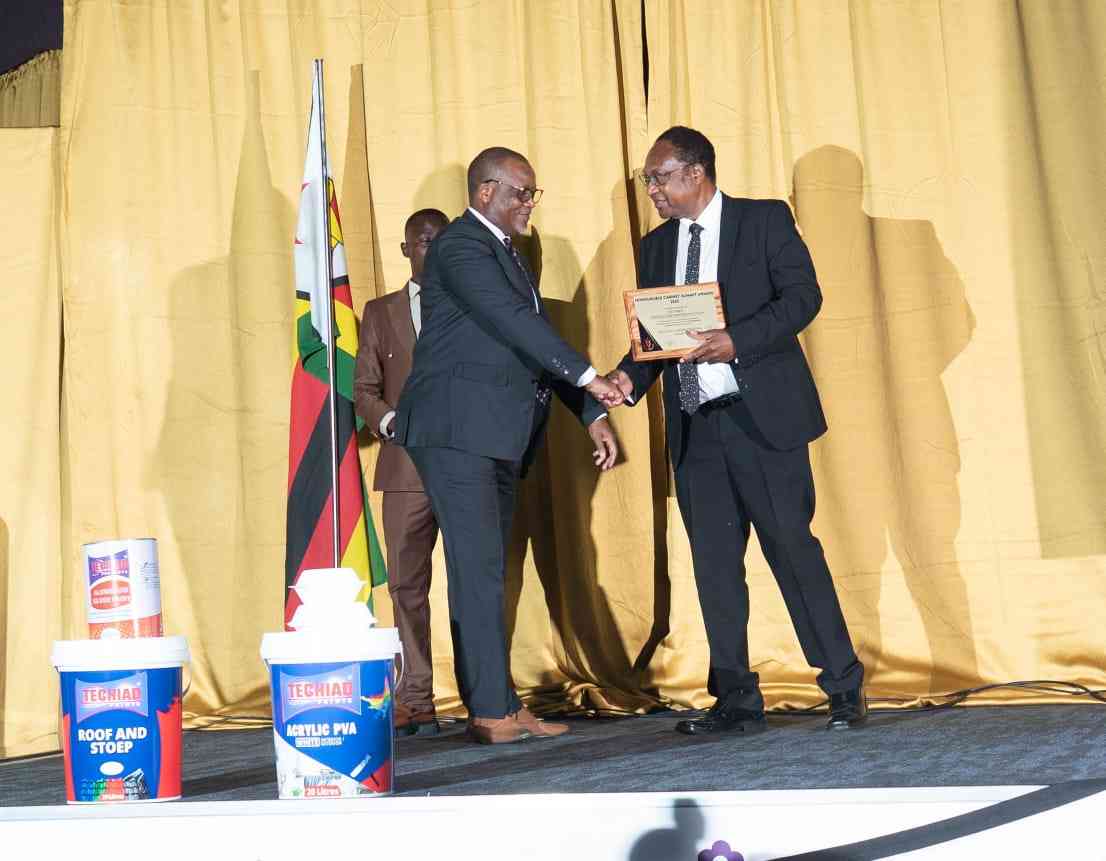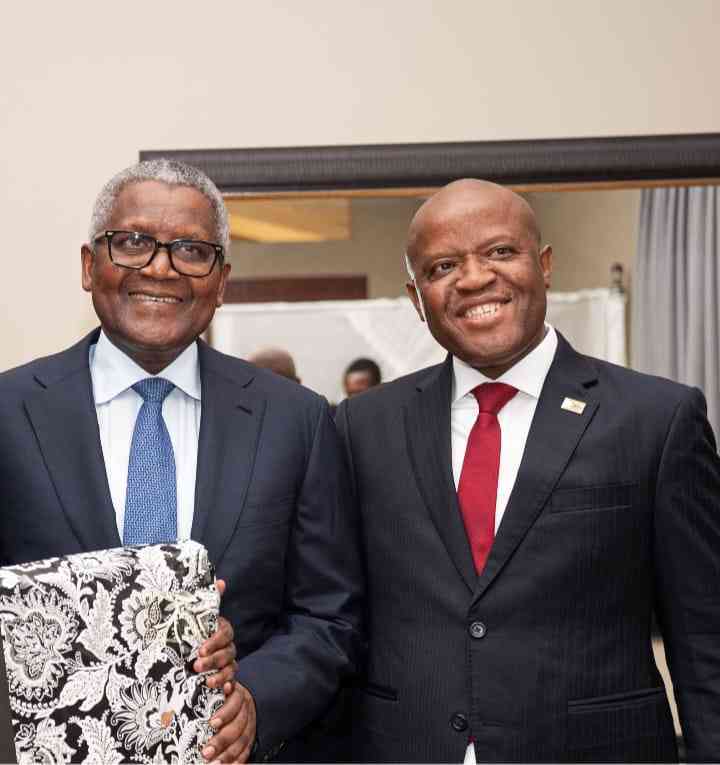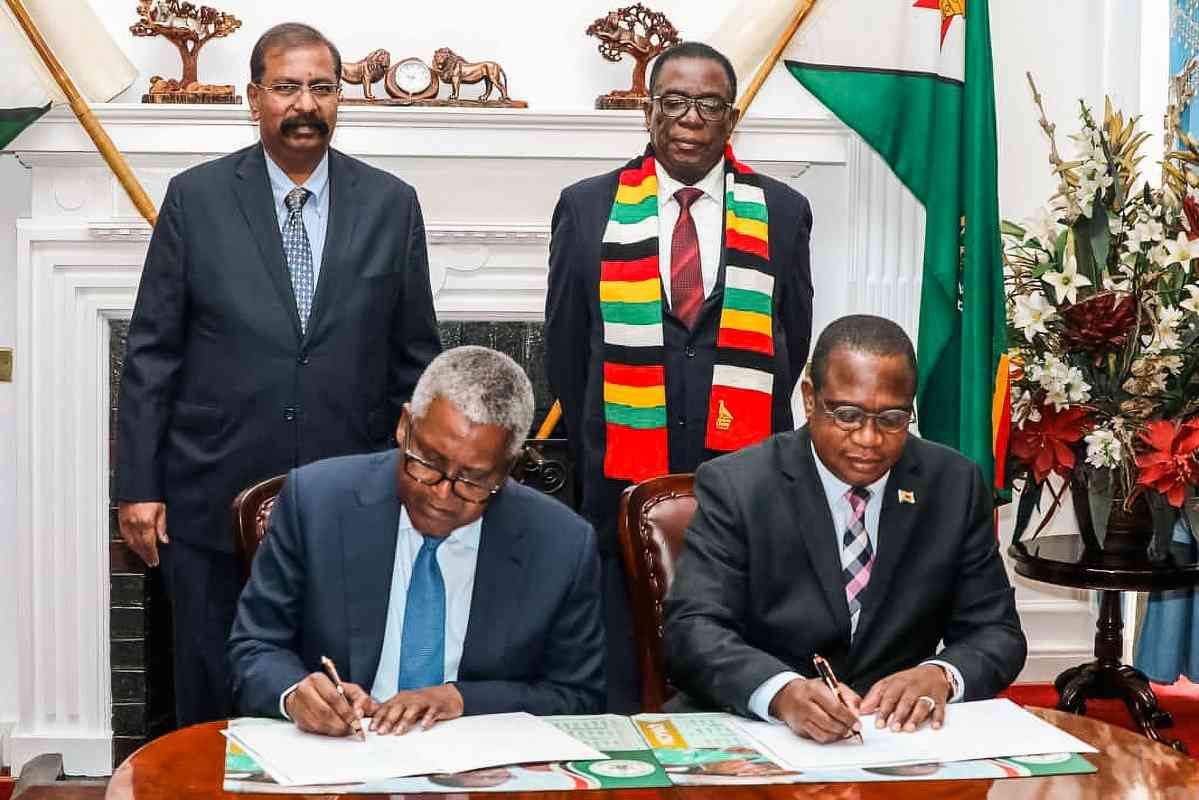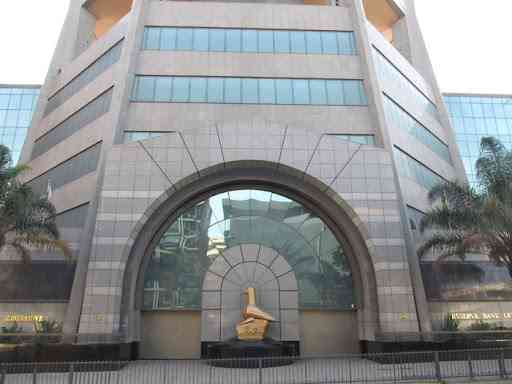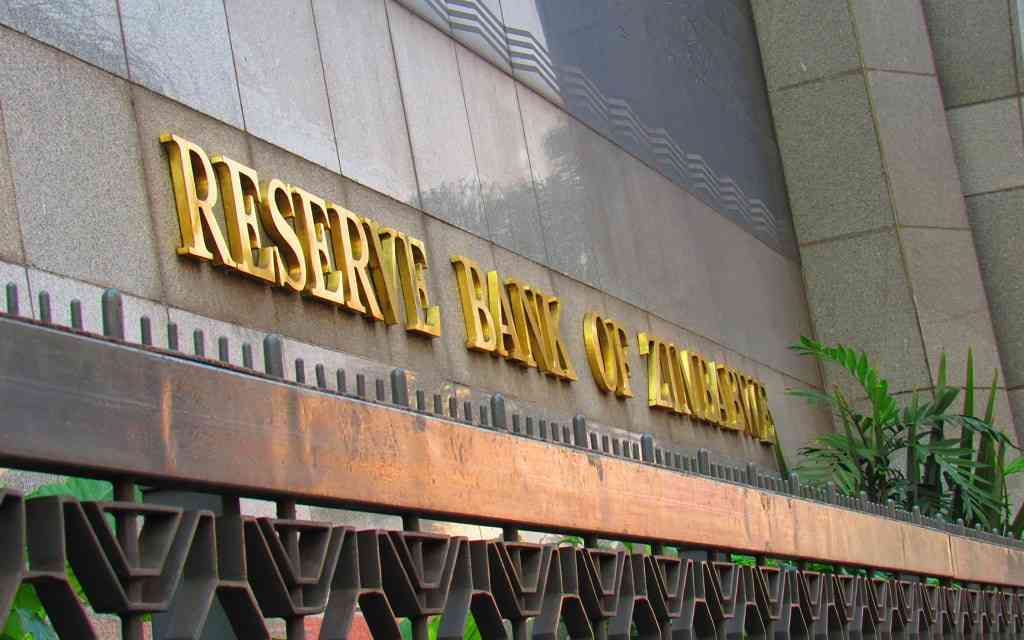
Zimbabwe’s industries have quietly mounted a powerful rebellion against the Reserve Bank of Zimbabwe (RBZ)’s January 2025 policy rate, warning that steep borrowing costs of up to 47% are crippling operations and threatening recovery.
The revelation, brought to light by the Zimbabwe National Chamber of Commerce (ZNCC) during a blunt high-level exchange with RBZ executives on Tuesday, signals a deep rupture in the country’s fragile economic realignment. The central bank’s policy rate stands at 35% — already the highest in the region — but lenders are charging a full 12 percentage points above this, effectively rendering the official benchmark meaningless.
At the core of the impasse is the refusal by commercial banks to lend within the RBZ’s prescribed rate.
This week, bankers and economists cited heightened risk and market dynamics for pegging rates at near 50%.
The fallout has also engulfed the central bank’s Targeted Finance Facility (TFF), set up to support productive sectors. But access to this key fund is increasingly elusive, as banks throttle disbursements over default fears and rising credit risk.
The ZNCC said lenders were raising the bar on due diligence, fearing a fresh surge in non-performing loans in a market brimming with fragility.
Bankers, however, were unapologetic, saying current rates were as prudent under the circumstances.
“Despite reported liquidity surpluses in the banking system, access to affordable and productive credit remains limited,” the ZNCC said in a memo to members after the closed-door meeting with RBZ governor John Mushayavanhu.
- RBZ blocks Harare US dollar charges
- Industry cries foul over new export surrender requirements
- One stitch in time saves nine
- Banks keep NPLs in safe territory
Keep Reading
“The ZNCC cited high lending rates
(40–47%) and ineffectiveness of the Targeted Finance Facility in reaching businesses, particularly SMEs. Less than 50% (about ZiG300 million) of the funds under the Targeted Finance Facility has been disbursed. Most applicants are deemed uncreditworthy by banks,” it said.
The ZNCC also flagged ongoing dollarisation as a structural impediment to monetary traction.
“The ZiG remains marginal in everyday use, largely confined to petty transactions, while the US dollar continues to dominate all commercial activity. The chamber recommended introducing higher denomination ZiG notes to improve transactional convenience and rural inclusion. The rural economy was estimated to be over 96% dollarised with limited ZiG penetration.”
The dilemma is rooted in deep-seated structural dysfunctions — volatile currency movements, policy flip-flops, elevated inflation, and eroding trust in financial institutions. As a result, lenders have pivoted from the official rate, opting instead to base lending on real risk-adjusted returns.
Official inflation spiked to 85% last month. Independent analysts say the true figure could be higher. With real inflation outpacing the policy rate, banks argue they would incur guaranteed losses if they lent in ZiG at official thresholds.
In an interview with the Zimbabwe Independent, newly-elected Bankers Association of Zimbabwe president, Sibongile Moyo, said banks were simply responding to economic realities.
“A policy rate is an interest rate set by a central bank to influence the broader economy, while a reference rate is a widely used interest rate that serves as a benchmark for financial contracts and market participants,” Moyo said.
“Policy rates are determined by central banks to manage inflation and economic growth, while reference rates reflect market conditions and are used for pricing and valuation. Actual reference rate used by banks in the market is between 40% and 47% factoring in market conditions such as cost of funds, liquidity available and risk premium for different borrowers.”
CBZ Holdings CEO Lawrence Nyazema also defended the divergence in rates, noting that even concessional loans from the central bank came with mark-ups.
“The targeted financing facility is availed by RBZ to banks at 20% and I lent to approved borrowers at 30%,” Nyazema said.
“Outside this facility, banks will raise their own ZiG deposits and on-lend at obtaining market rates which could be the 40-47%. Banks will factor in the cost of funds, tenor of facility and creditworthiness of the client in determining the applicable interest rate.
“An A-rated client will possibly get 40% whilst a C-rated one could be on 50%. Market lending rates are not determined by RBZ, but by market conditions and competition. The policy rate of 35% refers to the rate at which RBZ will ordinarily lend to banks that are short (outside the targeted financing facility).
“So, if a bank borrows from RBZ at 35%, it makes sense for it to add its own 10% margin to cater for the credit risk it is taking on the client. There is a myth that there are some zero-cost deposits. The interest rate paid on deposits may not be much but the cost of handling them is significant.”
As businesses reel under the weight of expensive credit and unclear monetary direction, the standoff underscores the challenge of policy without credibility. The growing divergence between official benchmarks and market behaviour may yet prove to be one of the biggest threats to Zimbabwe’s recovery story in 2025.

